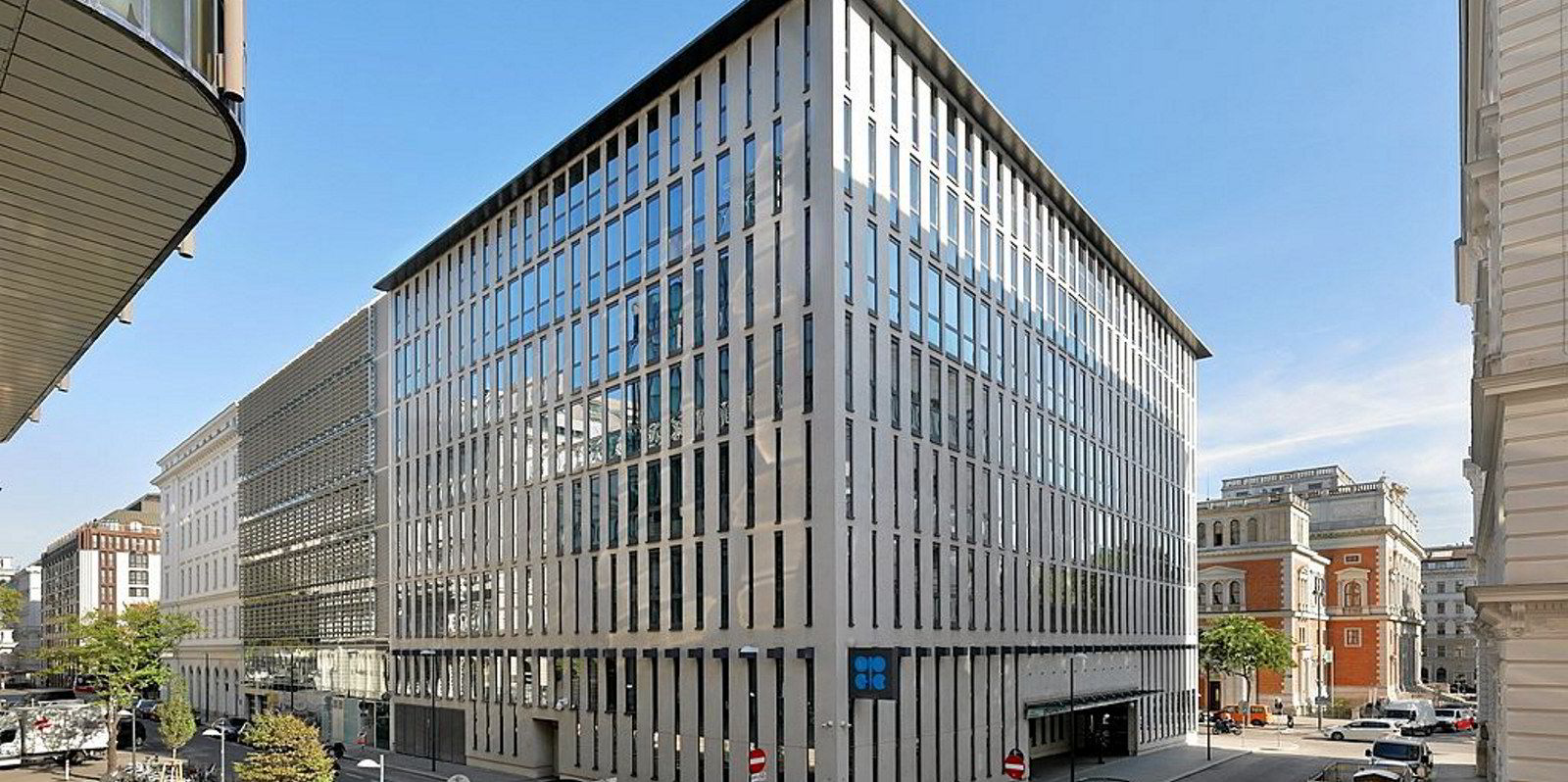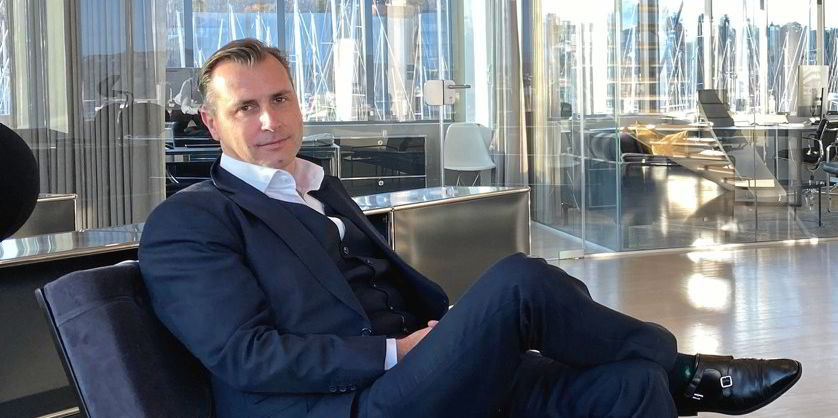Whatever Opec and its allies choose to do this weekend, it probably will not have much of an impact on tanker markets.
The bloc is expected to maintain the production cuts it has had in place since 2022 at its meeting on Sunday, apparently deeming production from non-members sufficient to support prices.
When it comes to moving that oil on the water, little is expected to change.
“This would have no effect on tanker markets, only delaying the potential benefits of increased production growth,” Clarksons’ Frode Morkedal said this week.
“However, increases in oil production from Atlantic producers remain sufficient to see further upside potential in tanker rates for the remainder of the year.”
Some in the tanker space expected the second half of 2024 to be when VLCCs would rally to join the rest of their crude-carrying counterparts, which are enjoying high rates thanks to trade disruptions.
Still, rates for the largest crude oil tankers remain at somewhat elevated levels.
The Clarksons VLCC fleet weighted average came in at $44,000 per day on Friday, down 8% from Thursday and down a fifth from last week.
Leading the way is the US Gulf to China route, where a scrubber-fitted eco-designed VLCC was assessed to be earning $47,500 per day. The same ship on a West Africa to China voyage was said to be earning $44,500 per day.
The Middle East Gulf to China route — the highest-profile VLCC route — was assessed at $41,300 per day.
The suezmax fleet weighted average jumped to $51,100 per day, while the aframax fleet remained steady at $45,800 per day.
Reuters reported on Friday that a potential deal could see some or all of the 3.66m barrel per day cuts extended into 2025, coupled with a portion of the voluntary 2.2m barrel per day cuts continuing into the fourth quarter of this year.
Pareto Securities analyst Tom Erik Kristiansen said if those cuts are prolonged through the end of the year, International Energy Agency oil market balances “would have the market in [a] 600,000 to 800,000 barrel per day deficit, with the higher end likely realised if Russia actually delivers on promised production cuts”.





